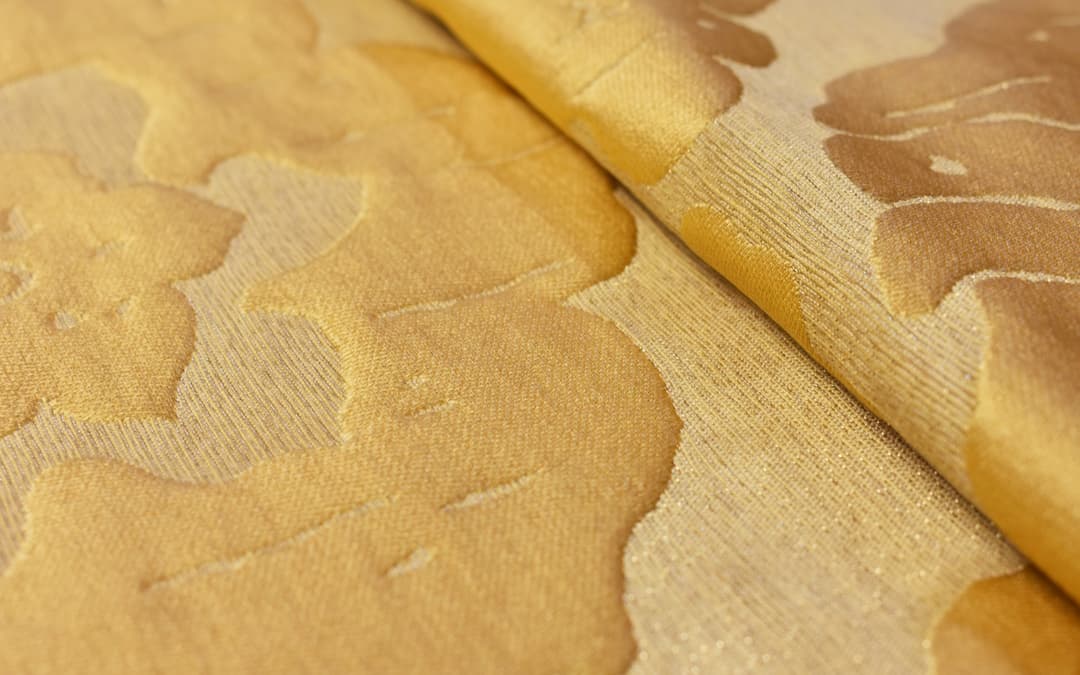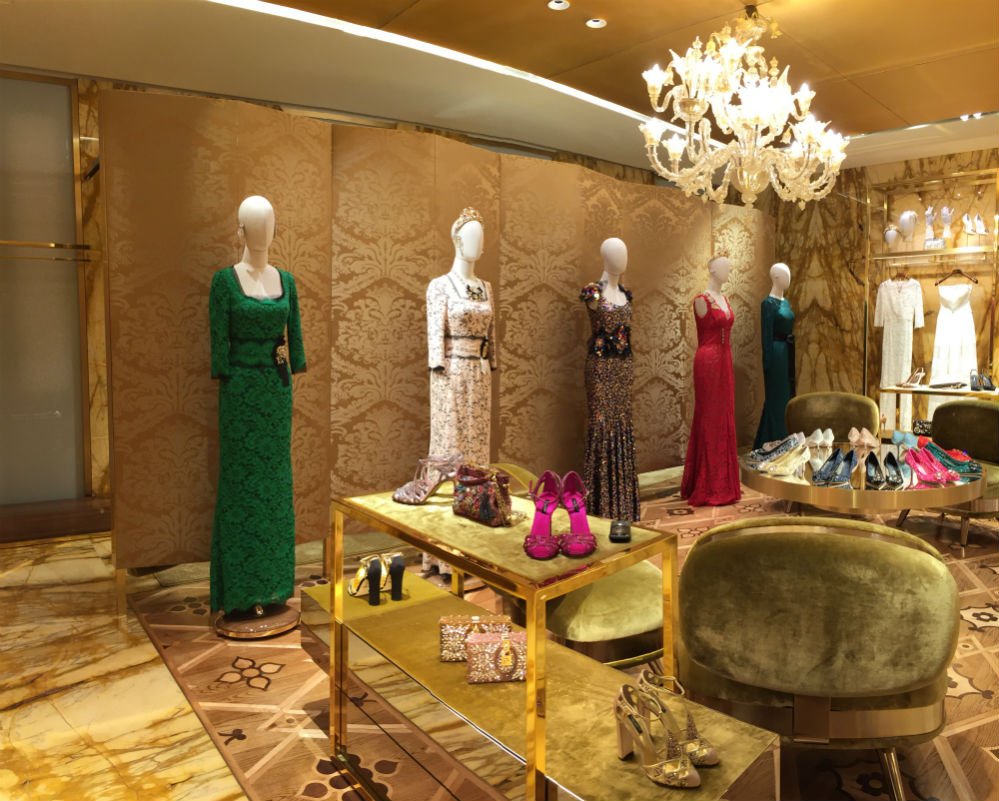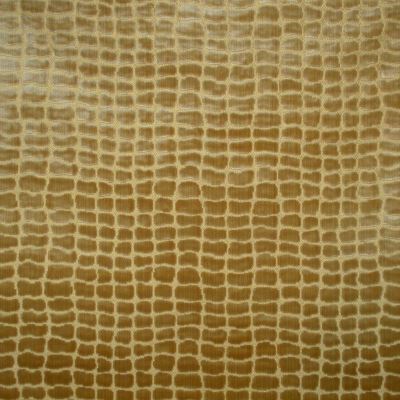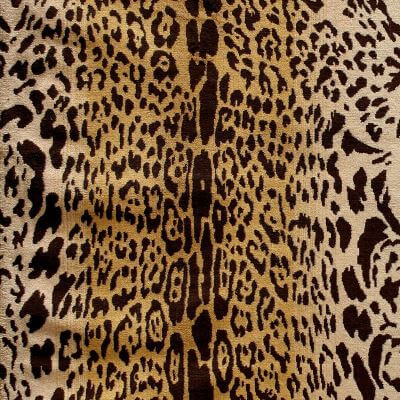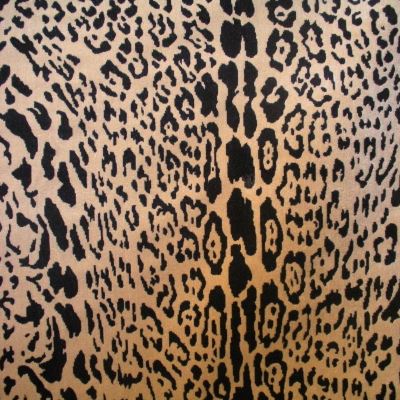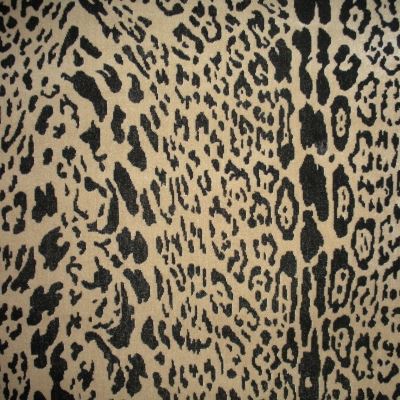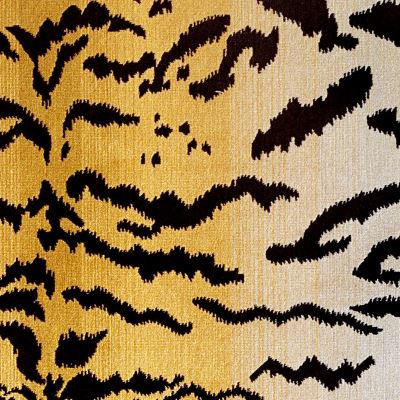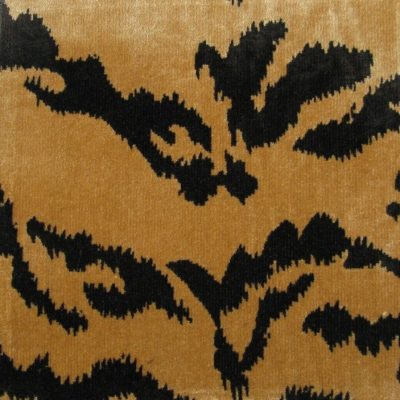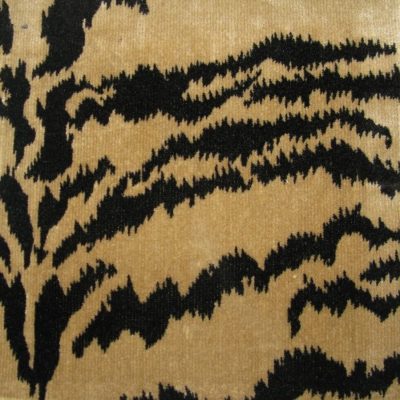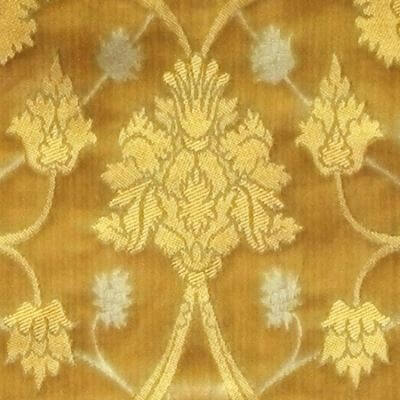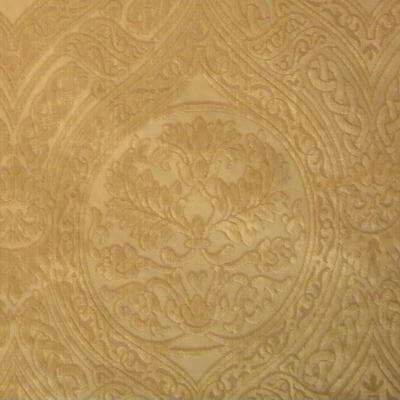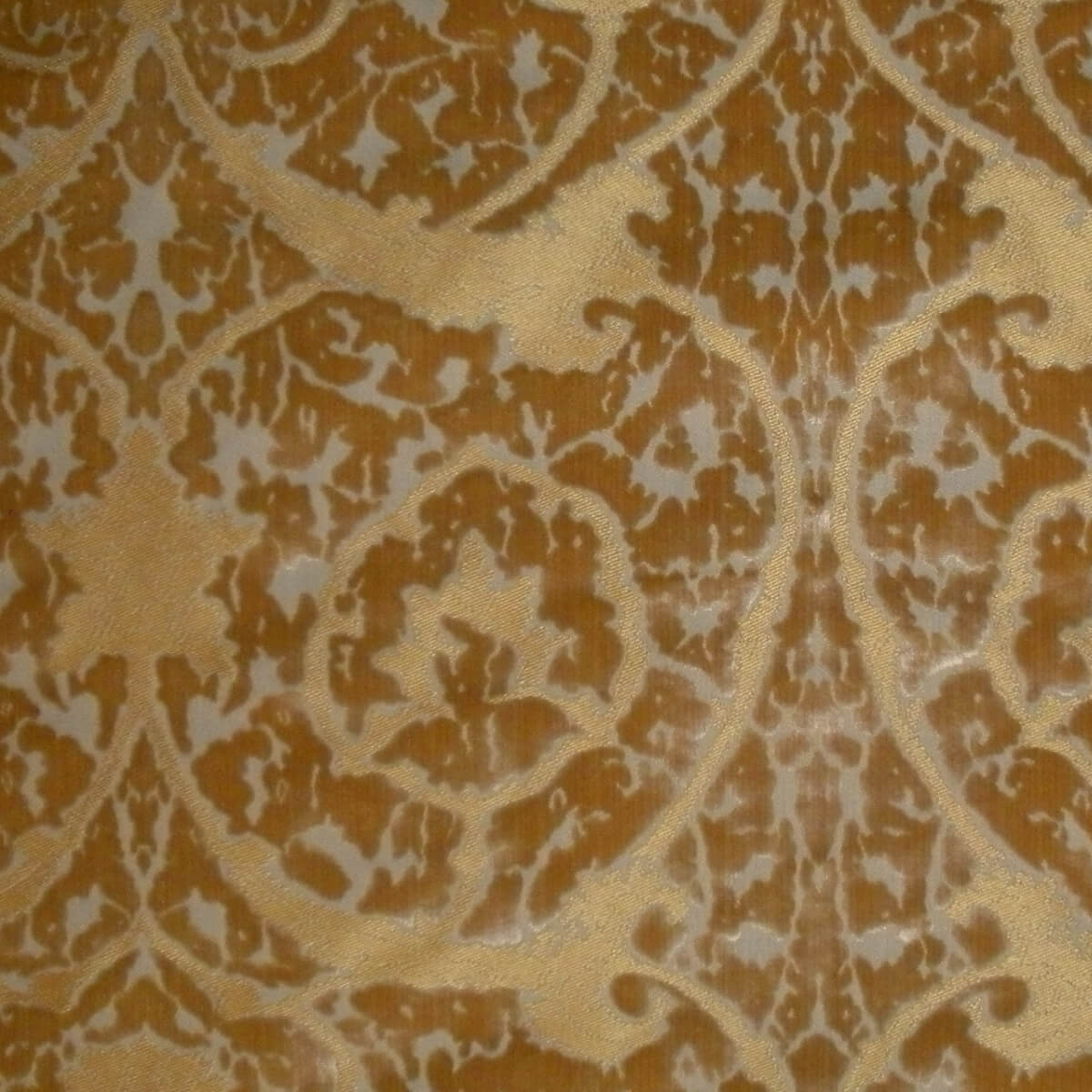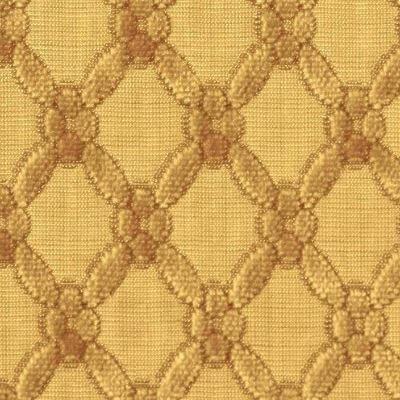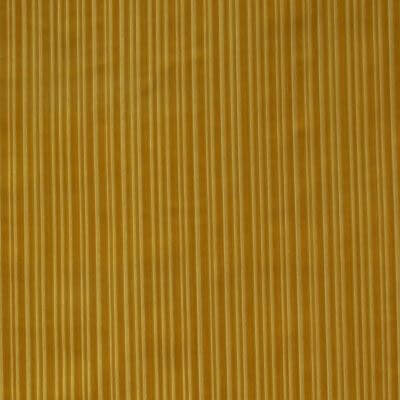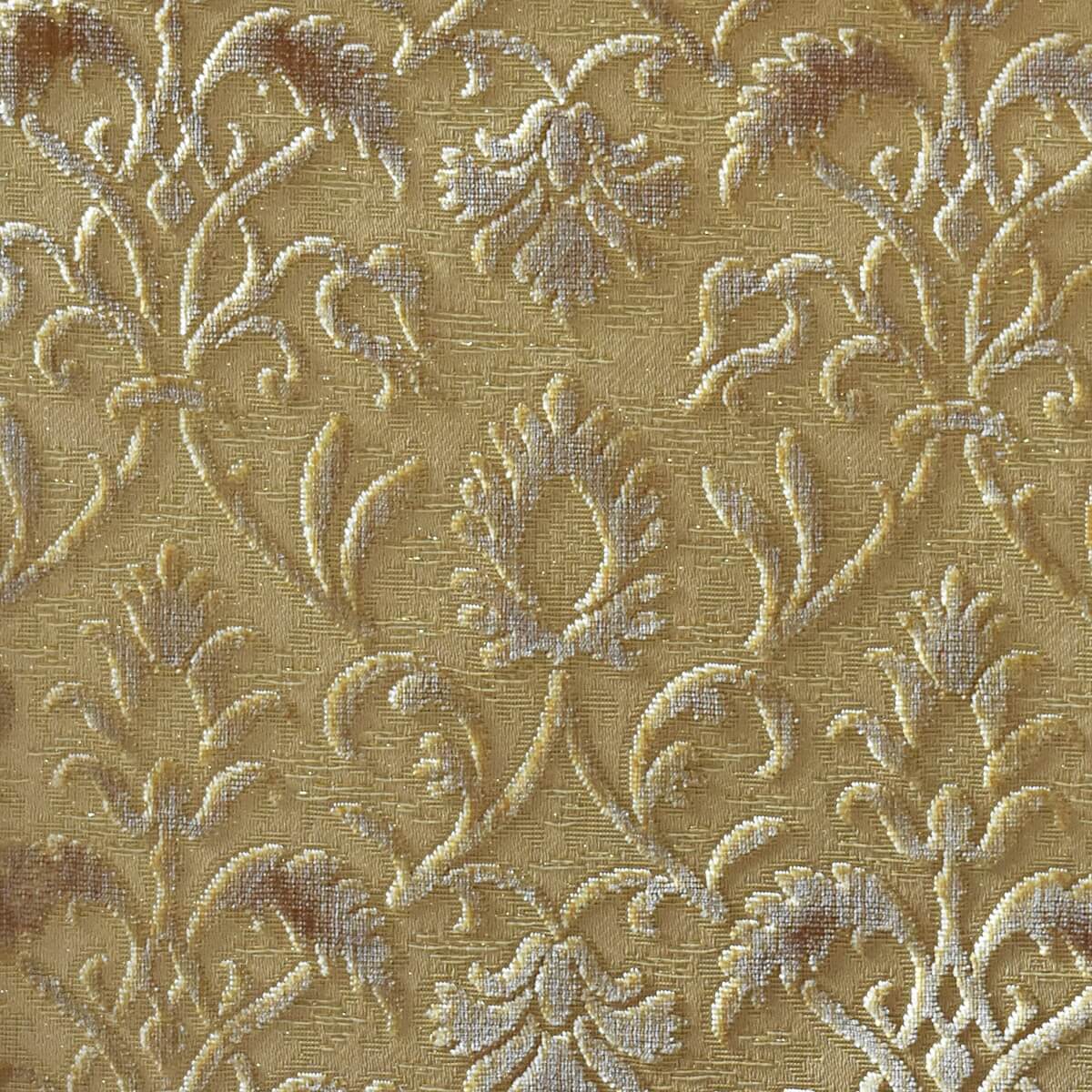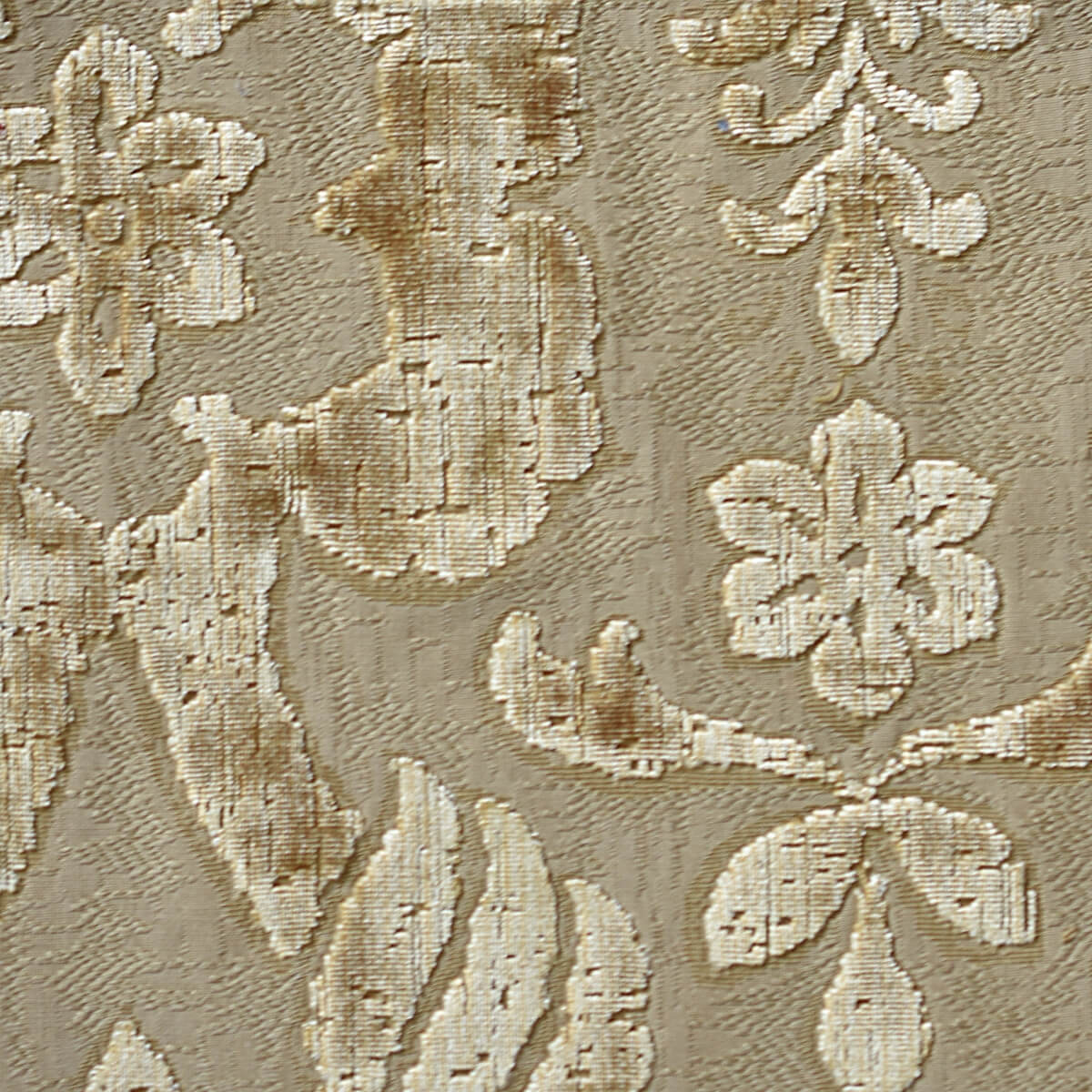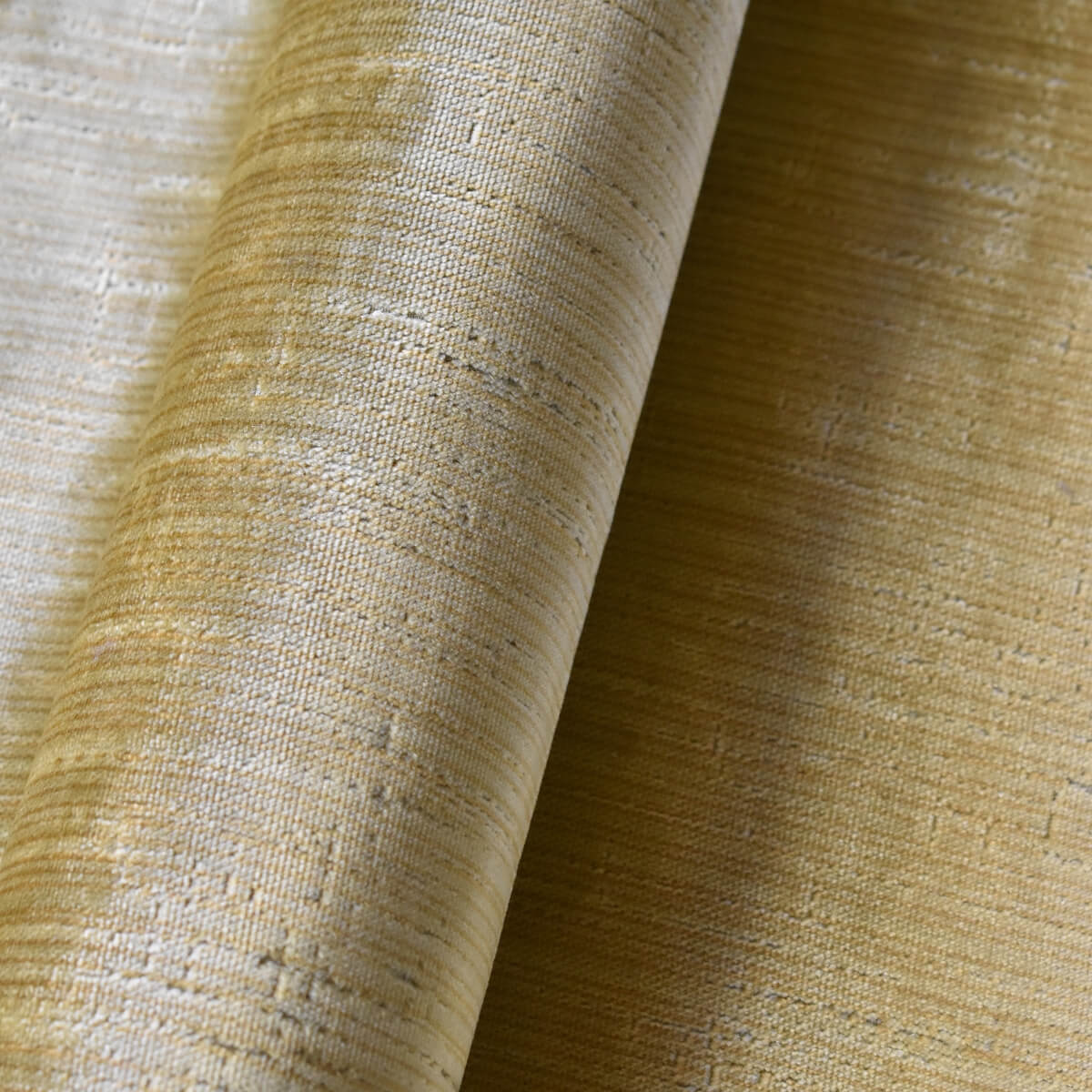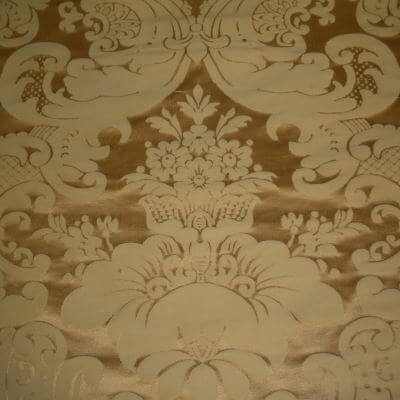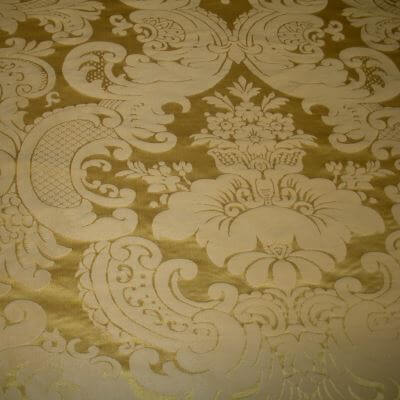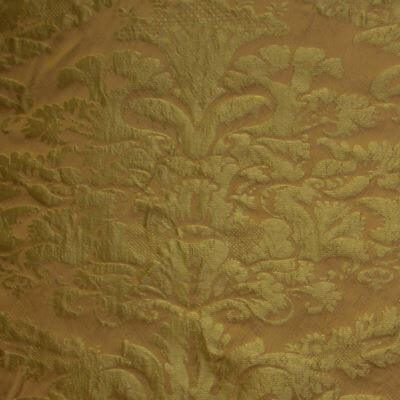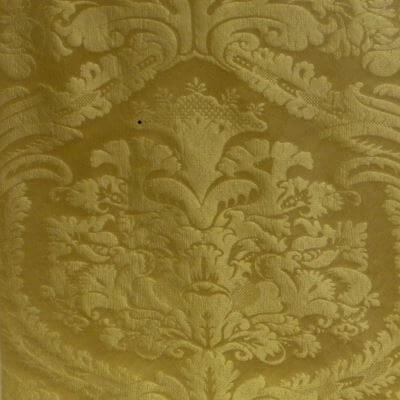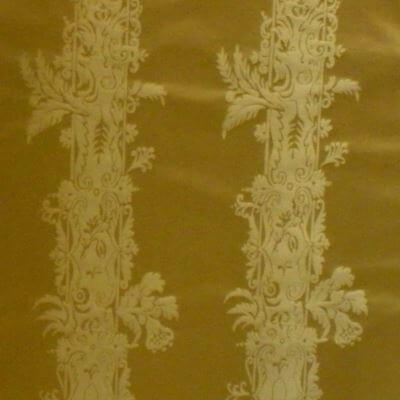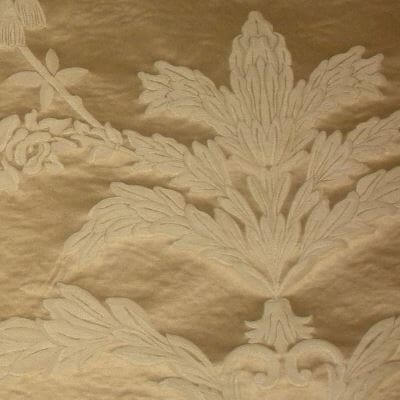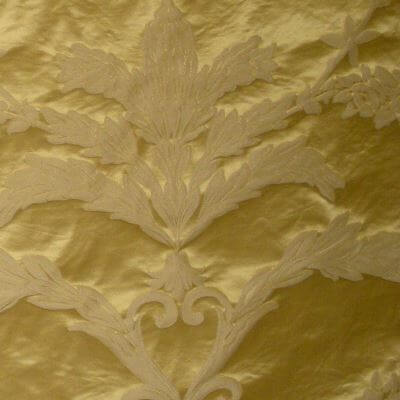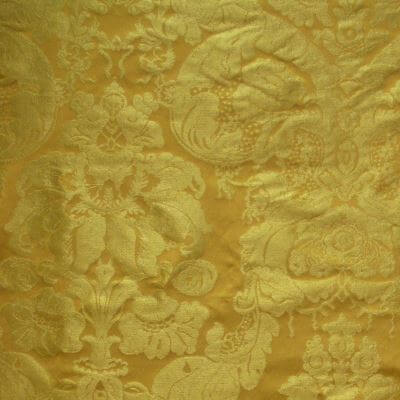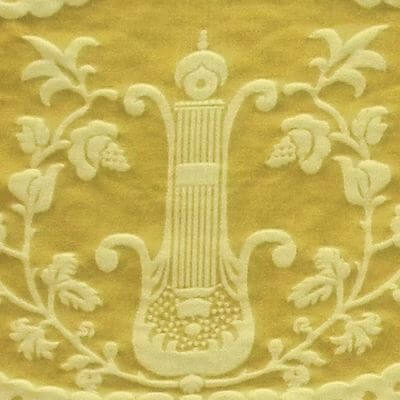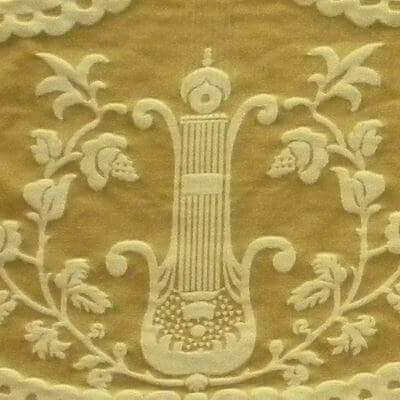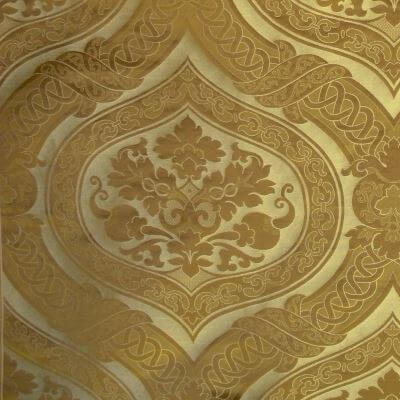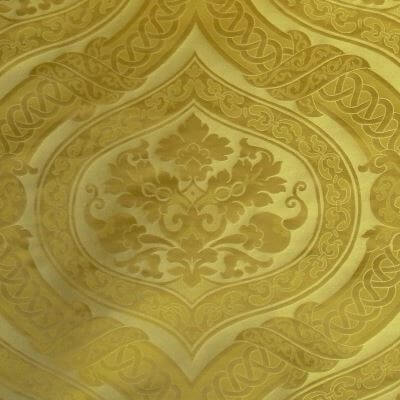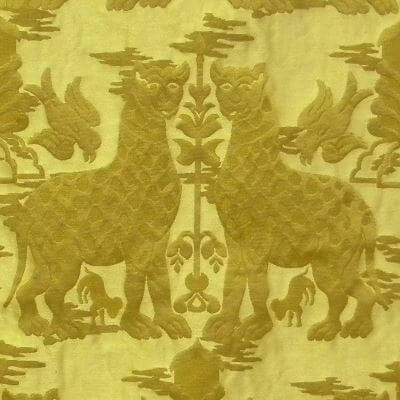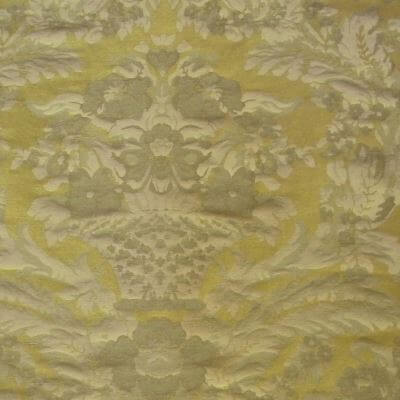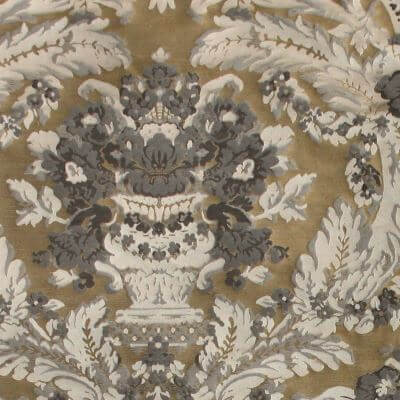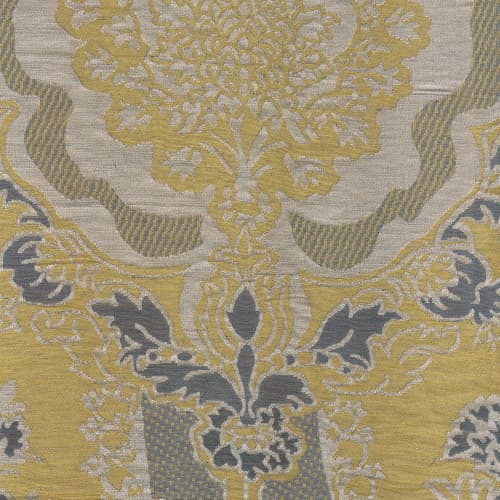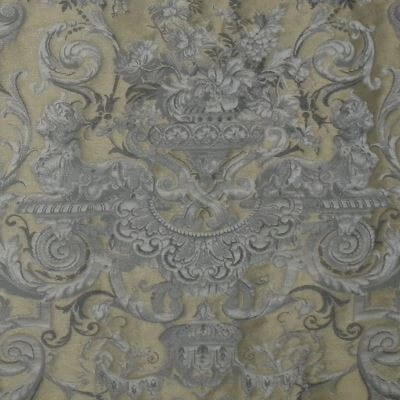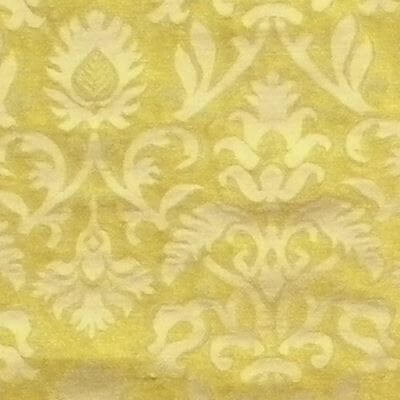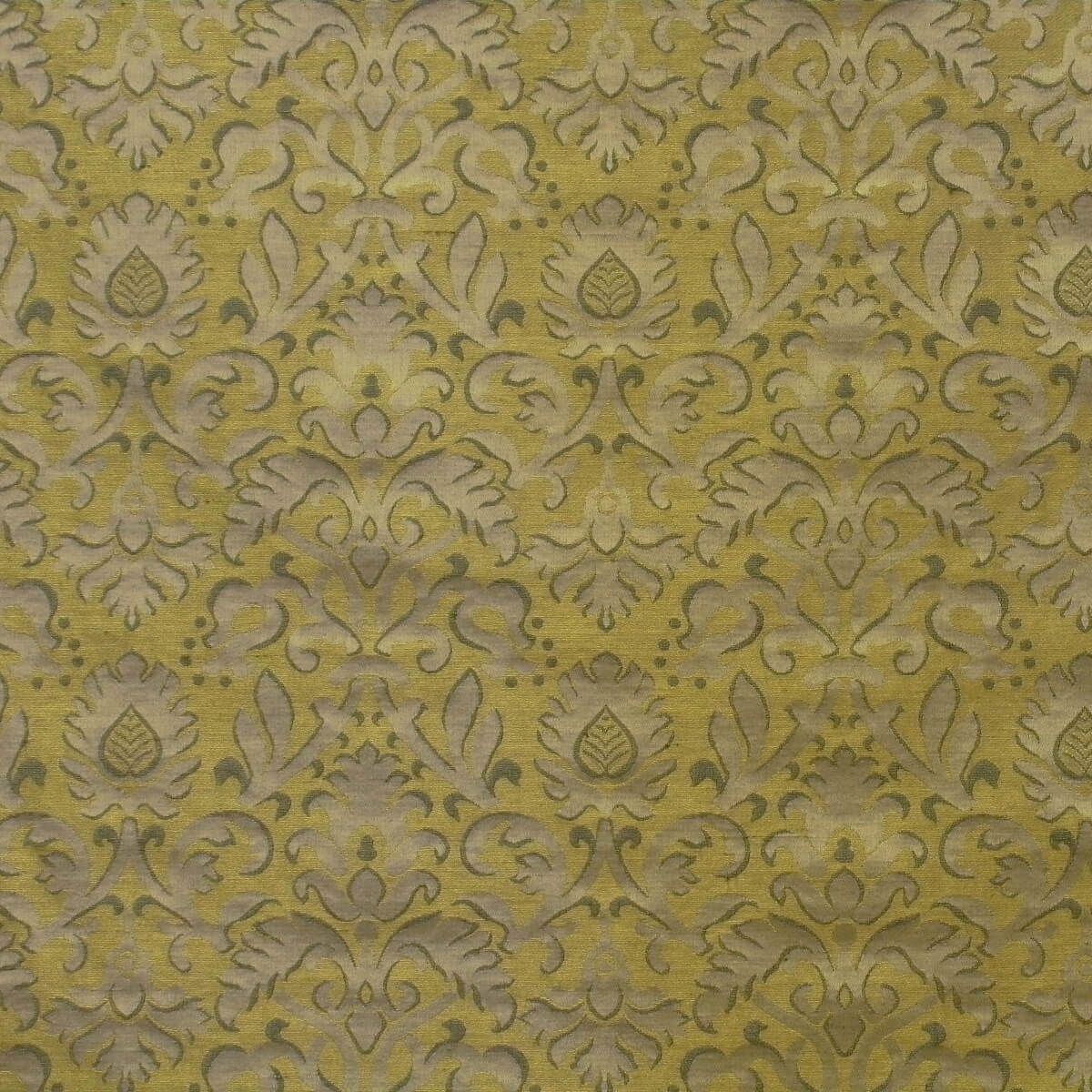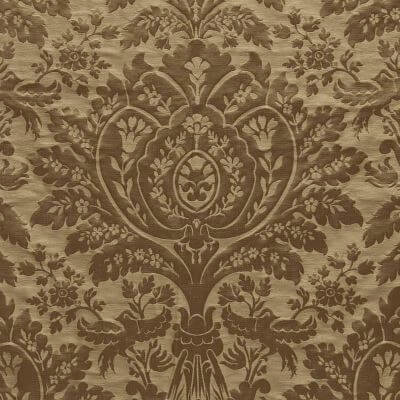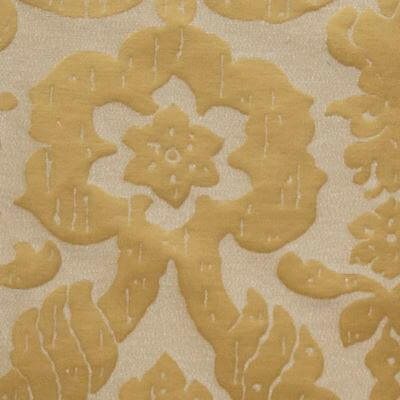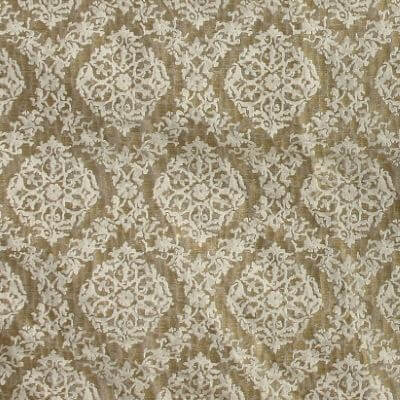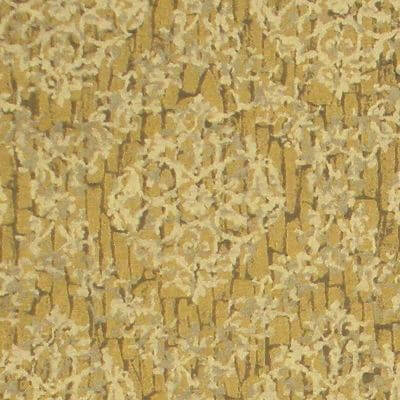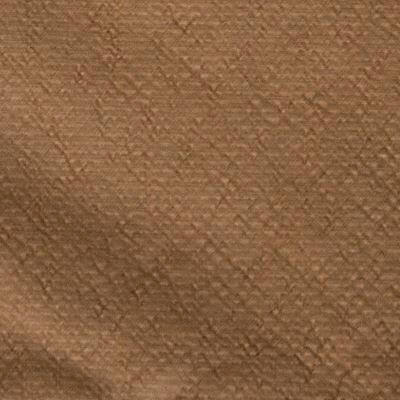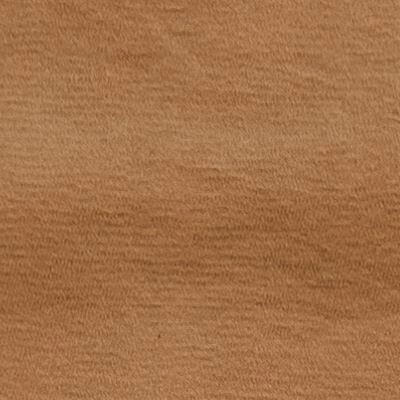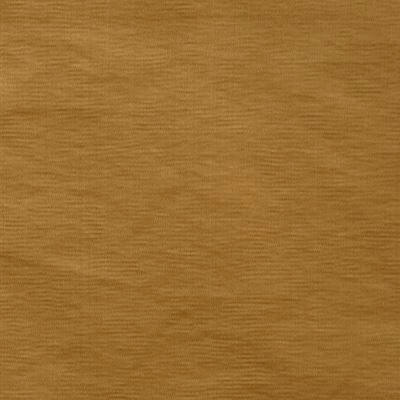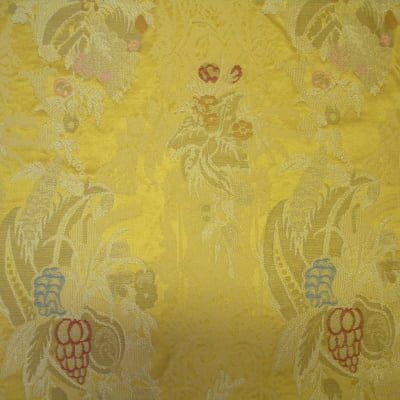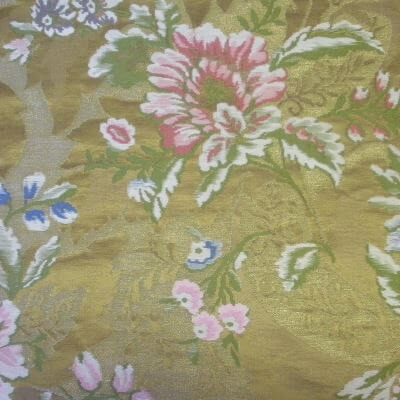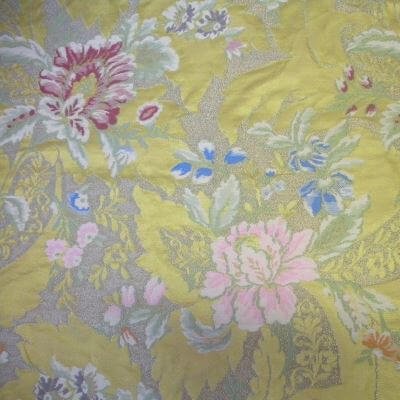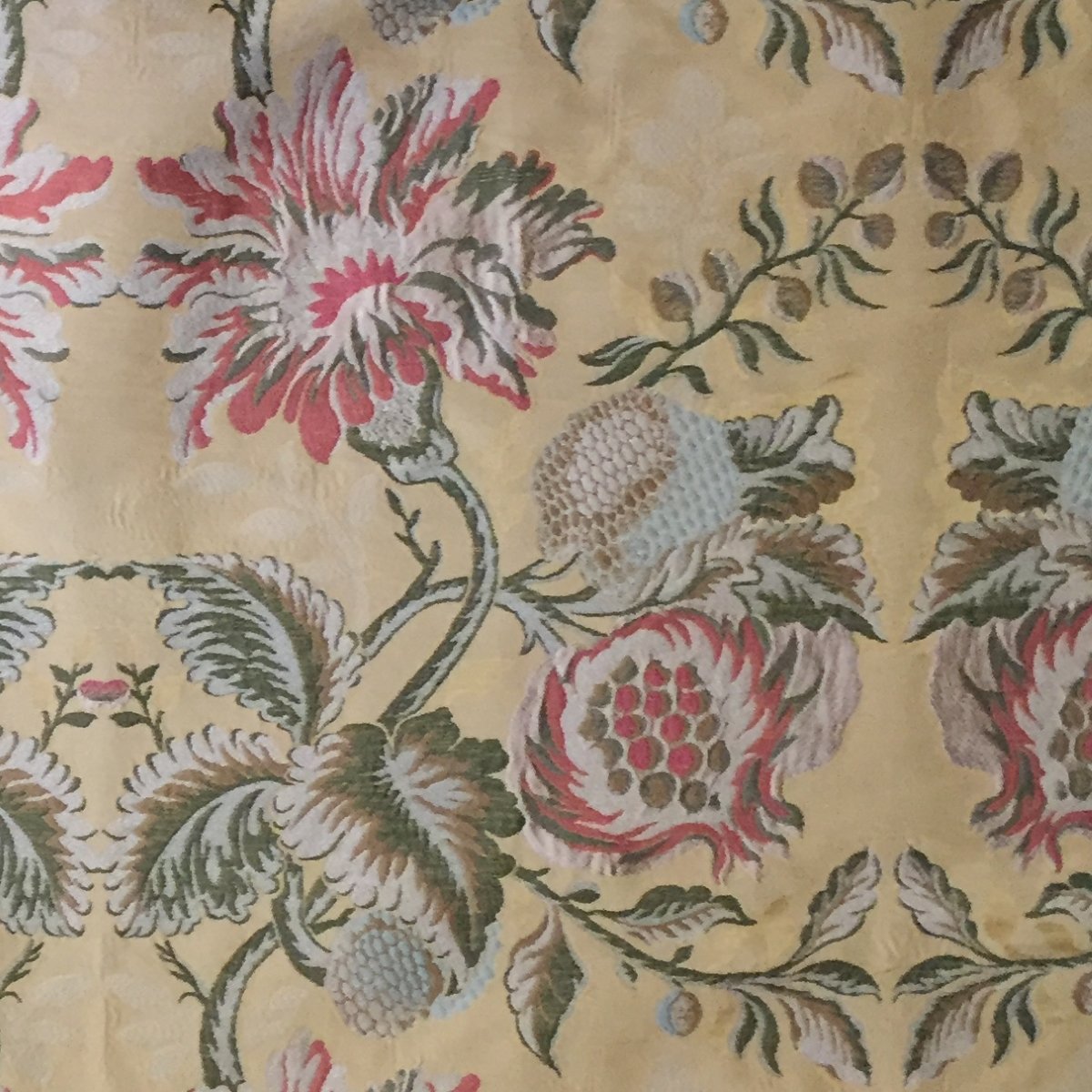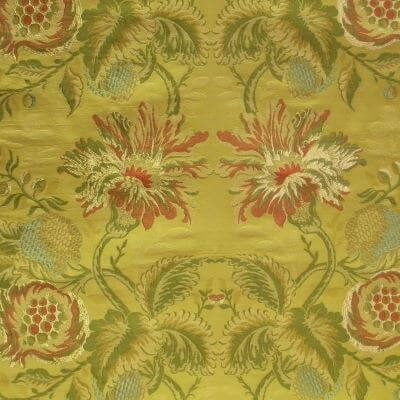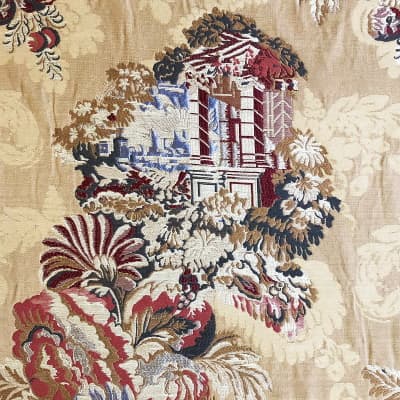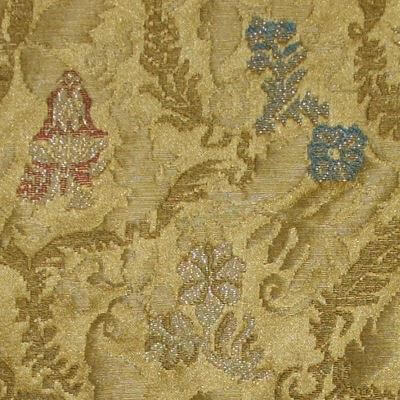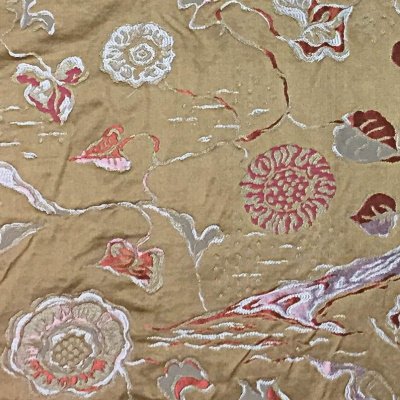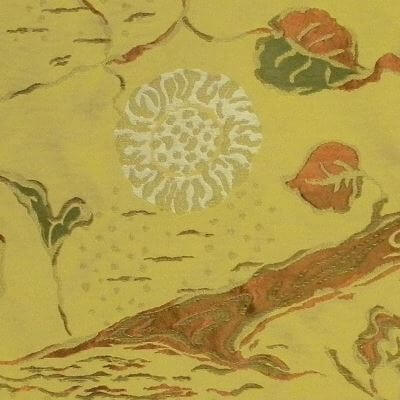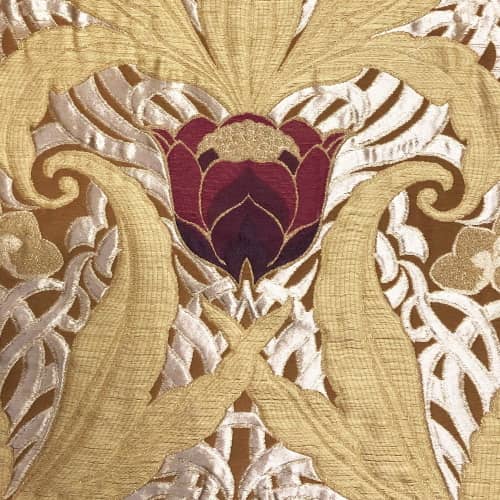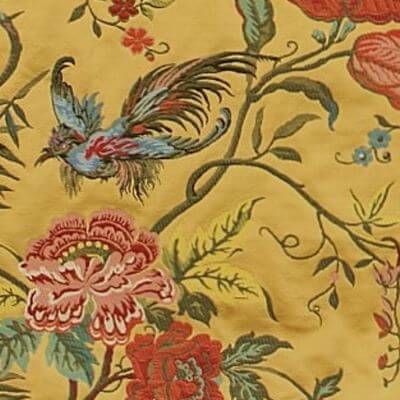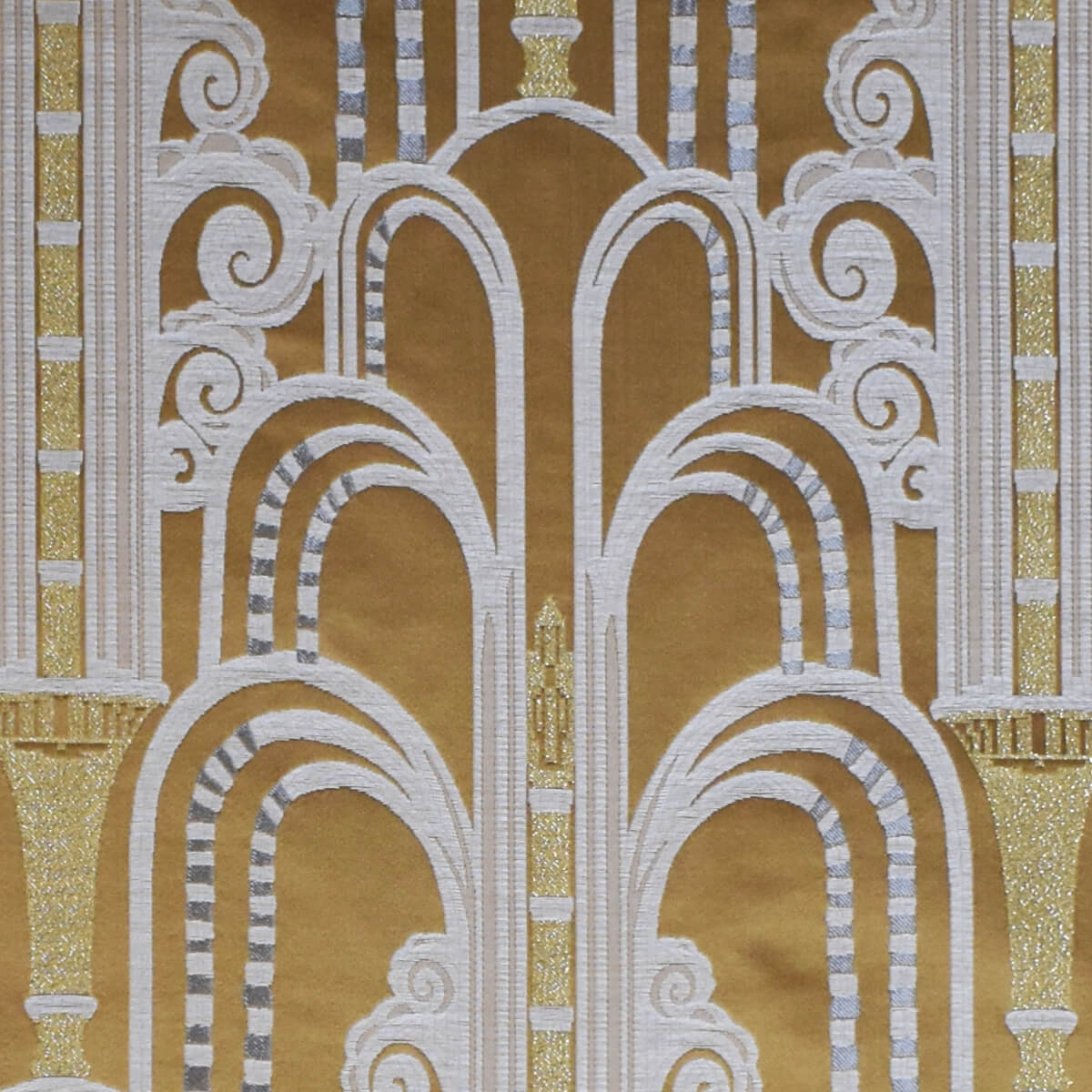The use of yellow and gold in furnishing fabrics immediately evokes elements of brightness, positivity, and luxury. This is because these colors are associated with vitality and joy due to the positive emotions they evoke. But in the past, this was not always the case. Let’s find out why.
The troubled history of the color yellow
To trace the origins of the use of the color yellow, we have to go back to prehistory. In fact, yellow ochre is one of the very first natural pigments used by humans, and it can be found in cave paintings. The Egyptians also used it as an alternative to a much brighter version made from a mineral, orpiment, which was toxic, however. This technique was also adopted by the ancient Romans, who used yellow ochre and brown for the background of frescoes and to reproduce skin color.
For the ancient Egyptians, yellow represented eternity, the color of the sun, and gold, with which they depicted the skin of the gods and the pharaoh, symbolizing his divine status.
The fate of this color, however, changed during the Middle Ages. Yellow began to have a negative connotation and to be associated with particular categories of people: liars, traitors, and social outcasts. An aspect also visible in works of art of the time, such as Giotto’s fresco of ” Judas’ Kiss” in the Scrovegni Chapel in Padua. Judas, caught in the act of betraying Jesus, is wrapped in a yellow cloak.
“Judas’ Kiss” – Giotto (1303 ca)
The gold color, however, had an entirely different connotation. Just as in past centuries, it was used in clothing, paintings, and furniture to convey an idea of royalty, wealth, and power. It was, in fact, considered a shade of white, not yellow, and thus did not share the characteristics attributed to the latter.
With the passage of time and the influence of oriental art, whose renowned porcelain extensively used yellow, this color began to take on the positive qualities it holds today. Credit also goes to Van Gogh, the Impressionists, and many artists of later centuries, who made extensive use of yellow.
The yellow and gold furnishing fabrics of Tessitura Bevilacqua
Today, yellow is commonly associated with light, warmth, and qualities such as good humor, joy, strength, and spiritual energy. The color gold is immediately associated with the opulence and preciousness of the metal of the same name.
In interior design, yellow adds a modern and bright accent to any room. In spaces characterized by neutral or brown tones, complements such as decorative pillows in shades of yellow and gold immediately enliven the room. A bolder effect can be achieved with an armchair, sofa, or curtains in fine fabrics with sunny hues.
Dolce & Gabbana Boutique – Palazzo Torres, Venice
Here are the yellow and gold furnishing fabrics available in our online catalog:
- Antique yellow – The variant that comes closest to the yellow we commonly think of, more elegant than its non-antique version but lacking the brightness that distinguishes gold.
- Gold and antique gold – Shimmering shades with a decidedly more luxurious character, precious colors used in the patterns of the finest fabrics.
- Beige and sand – Two natural tones that are softer than the previous ones, suitable for combinations with bold colors, but not exclusively.
- Brown and dark brown – Dark, neutral shades that enhance the design of fabrics when paired with yellow and gold.
Velluti animalier
Velluti bacchetta
Damaschi
Broccatelli
Rasi
Lampassi

